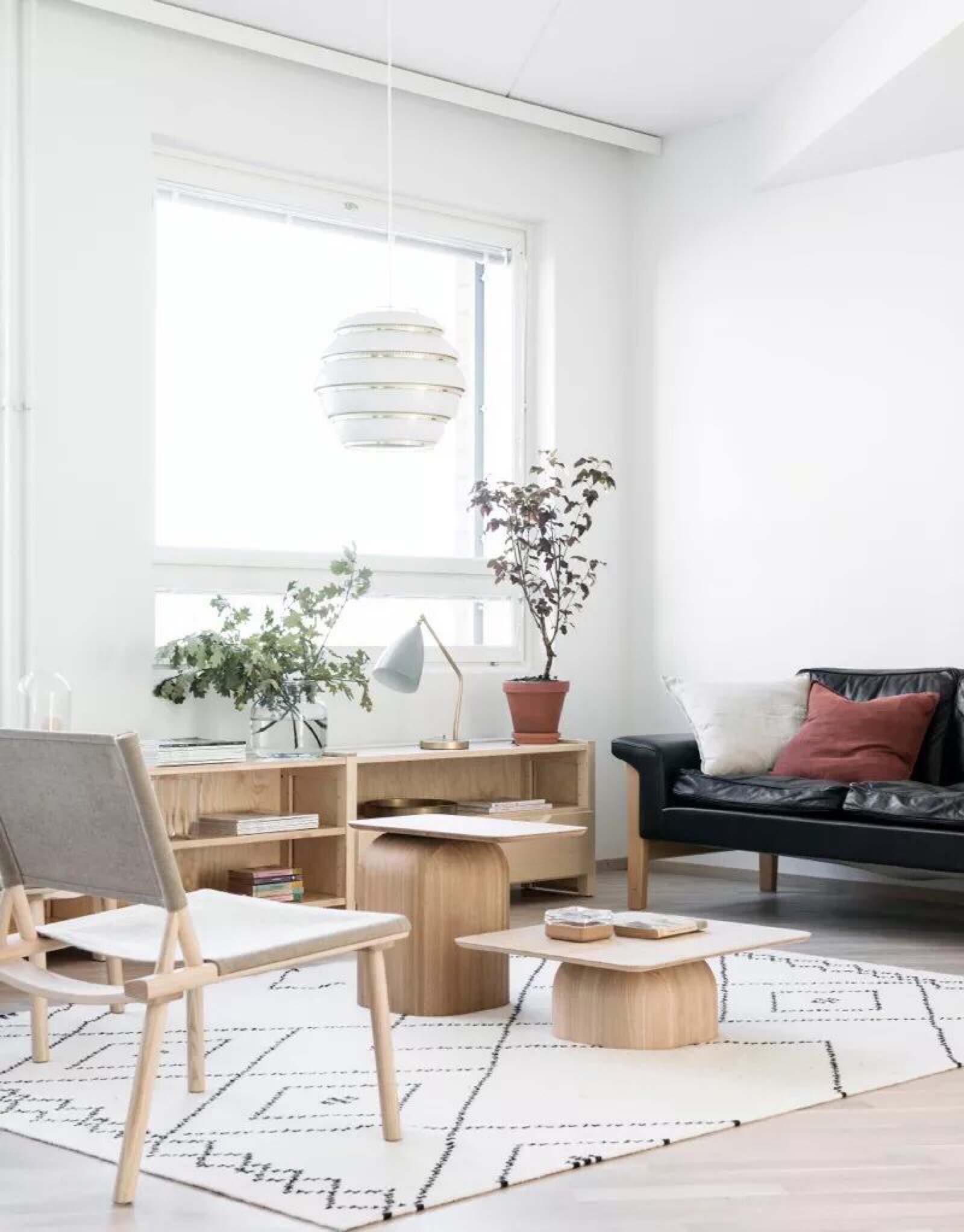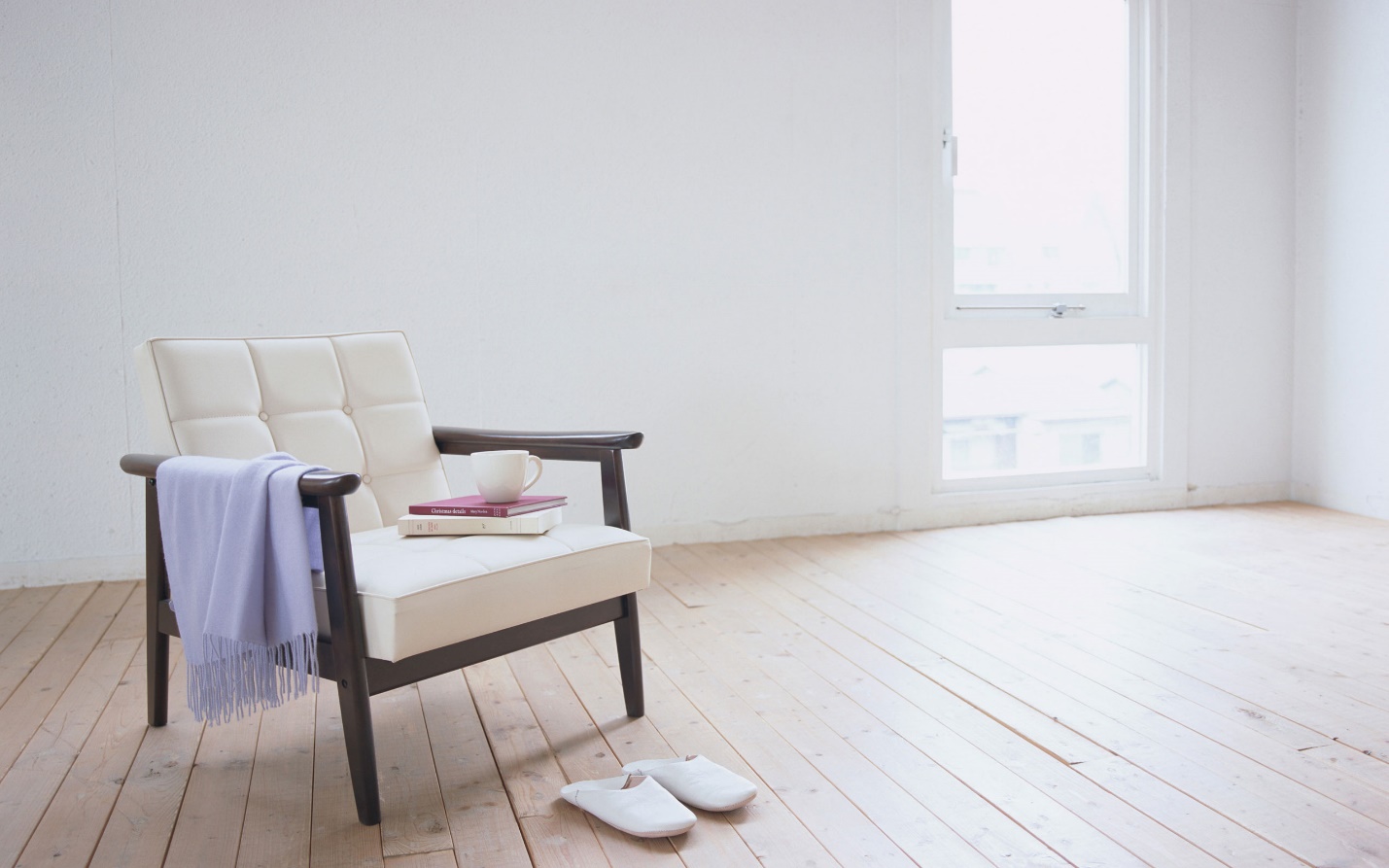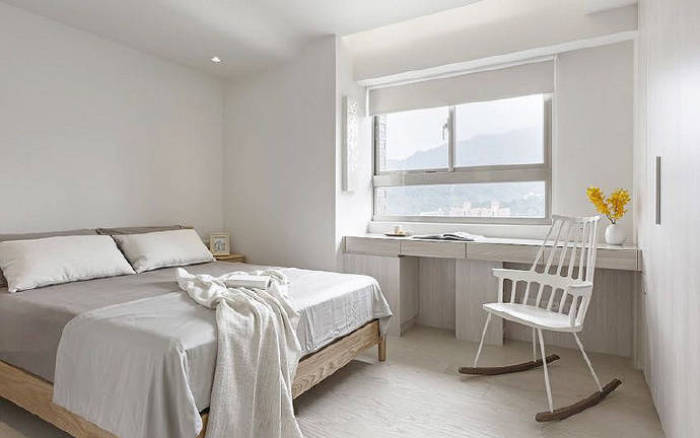Driving down a narrow lane in the English county of West Sussex, passing clouds of cow parsley, one can easily overshoot the entrance to Malthouse Farm, home of Helen and Richard Keys. It pays to be eagle-eyed, though, because the couple has coaxed a remarkable oasis, filled with subtle but magnificent surprises, out of the area’s heavy clay soil over the past 16 years.
When the Keyses moved in, Malthouse Farm was largely one massive empty paddock—opera star Dame Josephine Barstow once raised Arabian horses here—with a huge hornbeam hedge slicing through the property. “Giving that madly overgrown feature a major haircut was my first step,” Helen remembers. Since then the acreage has slowly grown in complexity. Steps lead down from the pretty brick-and-tile Victorian farmhouse into the garden, an amazing patchwork of alluring “rooms” that are punctuated with glass sculptures by Helen’s brother, David Jackson.
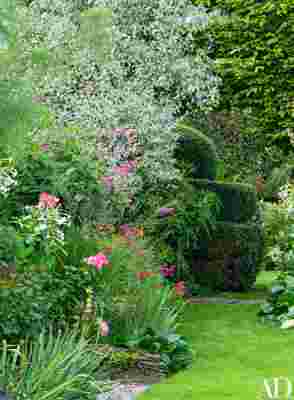
In one corner of the garden, a whimsical box-honeysuckle topiary peeks from behinda bed thick with sages, tobacco plants, and silverberry.
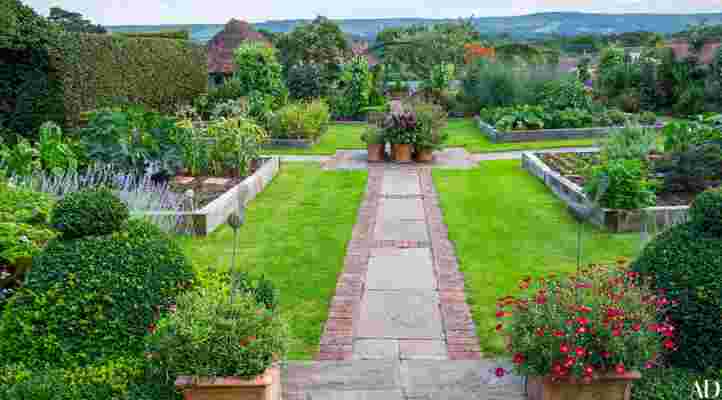
Stone-and-brick paths crisscross the potager , where vegetables flourish alongside flowers grown to cut for arrangements.
One of the first areas Helen planted was an oval cottage garden, brimming with peonies, alliums, and roses in the summer and mixed annuals and perennials in autumn. From there, a brick path guides one to the late-summer garden, where June’s delicate blues and pinks (sages, alliums, foxgloves, avens, and more) are succeeded in August and September by orange and red dahlias and other flowers with fiery tones. “I try to weave a palette of color,” Helen explains, “starting with soft and ending with rich.” The quartet of raised beds that make up the potager , meanwhile, offer an abundance of vegetables as well as flowers for cutting. Elsewhere rambling roses direct the eye to the glories of Helen’s herbaceous and shrub borders.
In the orchard, quince, apple, plum, and pear trees, heavy with fruit, rise above long grass and wildflowers. Nearby a large grid of 12 squares has been mowed into four acres of green. One of these segments is given over to a catmint-covered mound topped with a willow seat, where a visitor, like a perched bird, can view the grid from above. Another square hosts a birch maze, and in a corner section are a willow tunnel and a pond whose banks are spangled with red-feathered Warren chickens scratching for bugs.
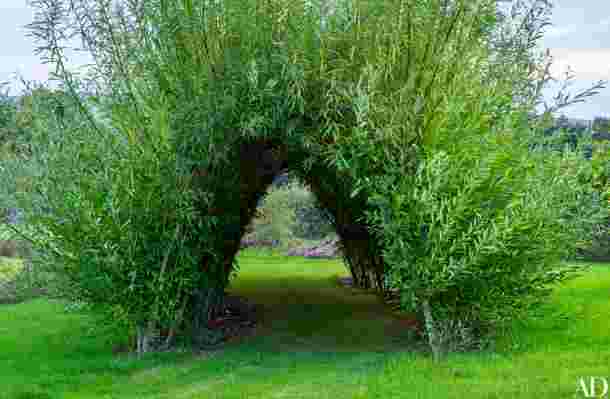
Helen Keys trained willows into a tunnel.
Ornamental grasses make a feathery counterpoint to clipped boxwood; the glazed terra-cotta urn and spheres add dashes of vibrant blue.
Though informed by legendary gardens such as Sissinghurst in Kent and Great Dixter in East Sussex, Malthouse Farm is characterized by intimate effects. It is a place where blowsy roses tumble onto clipped grass paths, and where lively annuals stitch together perennial beds as they wax and wane. Boxwood topiaries—here shaped like a brioche, there like a chubby cone—become snow-dusted fantasies in winter. As for the pleached hornbeam hedge beyond the house, its windowlike openings frame the distant hills known as the Sussex Downs, tying the Keyses’ private world—magical, hidden, inspiring—to the beautiful countryside beyond.


